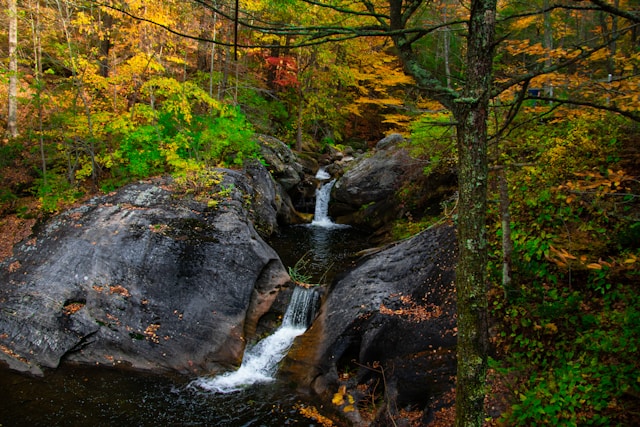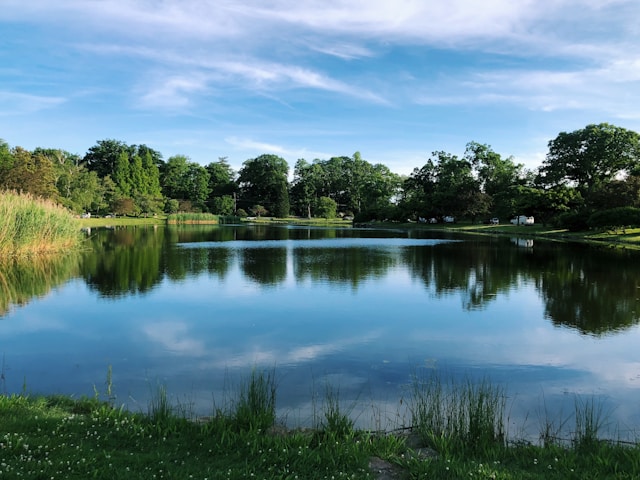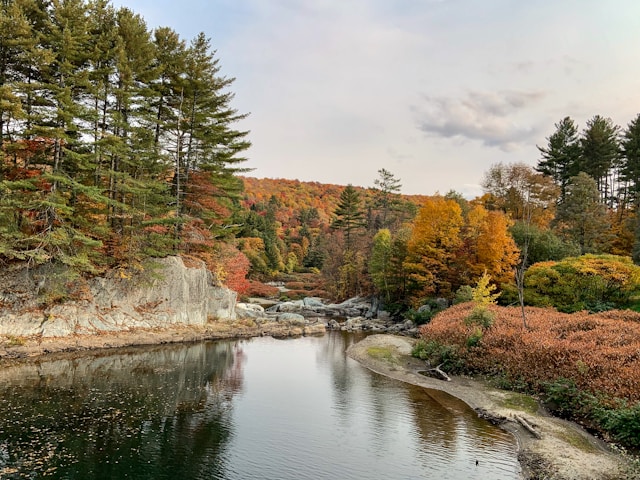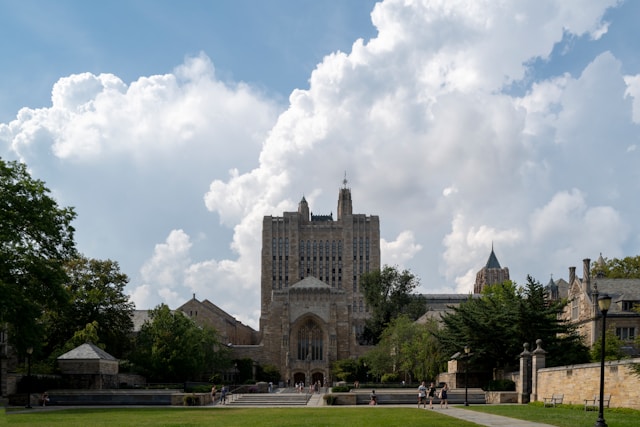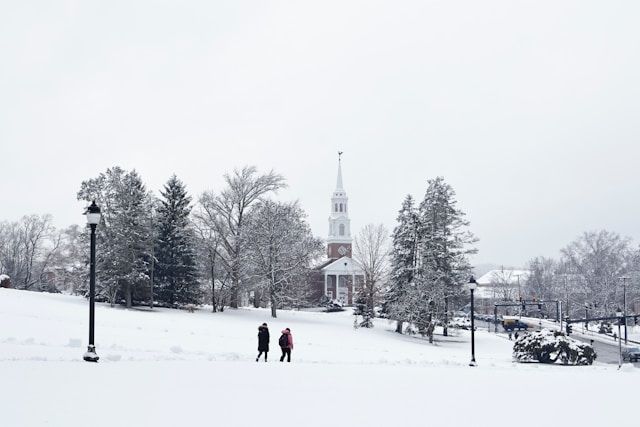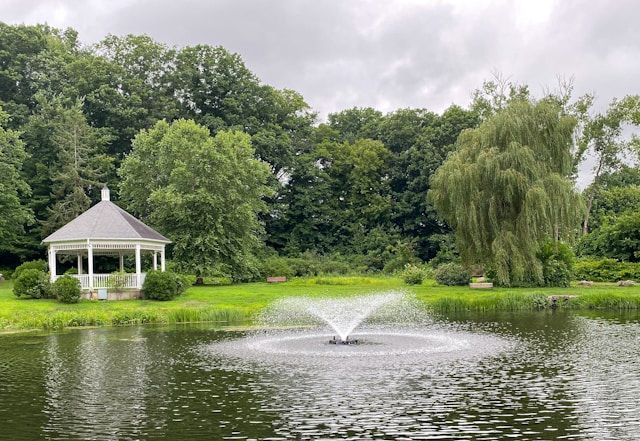Nestled in the eastern part of Tolland County, Storrs is not a separate town but a village and census-designated place within the town of Mansfield, Connecticut. The relationship between Storrs and Mansfield is intrinsically linked through history, geography, and the commanding presence of the University of Connecticut’s main campus. This connection dates back to 1698 when a member of the Storrs family first settled in what is now Mansfield, establishing a family farm in the area that would eventually become UConn’s campus.
The Storrs name became permanently attached to this part of Mansfield through the generosity of brothers Charles and Augustus Storrs, who have a more proximate connection to the University of Connecticut. Today, with a population of nearly 16,000 according to the 2020 census, Storrs is dominated economically and demographically by UConn, creating a vibrant college town atmosphere within the broader, more rural Mansfield community.
Get a discount of 15% to 70% on accommodation in Connecticut! Look for deals here:
Connecticut Hotels, Apartments, B&Bs
Historical and Educational Development in Storrs and Mansfield
The rich tapestry of Storrs and Mansfield’s development centers around education, agriculture, and community growth that has transformed this Connecticut region from farmland to a cultural and academic hub.
Origins and Growth of the University of Connecticut
The educational legacy of Storrs began in 1881 with the founding of Storrs Agricultural School, which later evolved into the University of Connecticut. Brothers Charles and Augustus Storrs were instrumental in establishing this institution, donating land and money to create a school that would serve the agricultural needs of the region.
The university’s humble beginnings with just three faculty members and 12 students has grown into Connecticut’s flagship university. Its main campus remains in Storrs, continuing to shape the identity of both Storrs and Mansfield.
This transformation from agricultural school to major research university represents one of the most significant developments in the area’s history, bringing thousands of students, faculty, and staff to what was once primarily farmland.
Cultural and Societal Contributions
Storrs-Mansfield boasts impressive cultural institutions that have enriched the region. The William Benton Museum of Art, Connecticut’s state art museum, offers significant collections and exhibitions that draw visitors from across the state.
The Jorgensen Center for the Performing Arts and the Ballard Institute and Museum of Puppetry provide unique cultural experiences, hosting performances and preserving artistic traditions. These institutions have established Storrs as more than just an educational center but a cultural destination.
The Women’s Club of Storrs and the Mansfield Historical Society have worked diligently to preserve local history and promote community engagement. Their efforts ensure that the area’s rich past remains accessible to current and future generations.
Storrs and Mansfield Through the Ages
The 1930s and 1940s marked significant periods of change in Storrs. Local recollections describe a transforming community as the Connecticut Agricultural College (now UConn) expanded its influence.
Architectural heritage remains visible throughout the area. The Storrs Homestead, built in 1849 by architect-builder Edwin Fitch for Royal Storrs, represents the area’s historical foundations. This Federal style colonial with Greek revival elements was the boyhood home of Charles and Augustus Storrs.
The Storrs Congregational Church stands as another landmark that has witnessed generations of community history. Along with Storrs Road, these historic features create a physical timeline of the region’s development from agricultural village to educational center.
The decline of Mansfield’s silk industry by the mid-1800s paralleled the rise of education as the area’s predominant economic driver, illustrating how this region has continuously adapted through changing economic landscapes.
Modern Interconnections and Community Dynamics
Storrs and Mansfield share deep interdependencies in their economic, educational, and social infrastructures today. The university’s presence shapes nearly every aspect of local life, creating a unique dynamic that benefits both the campus community and longtime residents.
Economic and Demographic Synergy
The University of Connecticut serves as the economic engine for the Storrs-Mansfield area. With over 30,000 students, faculty, and staff, UConn creates substantial demand for housing, dining, and retail services in the region.
Downtown Storrs has undergone significant revitalization in recent years, adding mixed-use developments with apartments, restaurants, and shops. These improvements have transformed the area into a vibrant community hub where students and residents mingle.
Tolland County businesses benefit from the seasonal influx of university visitors, particularly during move-in weekends, homecoming, and graduation ceremonies. These events bring thousands of families to local hotels, restaurants, and shops.
The population density fluctuates dramatically between academic terms, creating a unique rhythm to life in the area. Local businesses have adapted to these cycles, often adjusting hours and staffing accordingly.
Educational Institutions and Research
UConn’s academic programs extend well beyond traditional classroom education, directly impacting the surrounding community. The university operates numerous research facilities that contribute to regional knowledge and economic development.
The Storrs Agricultural Experiment Station, established in 1887, continues its legacy of agricultural innovation and education. This facility conducts critical research on sustainable farming practices that benefit Connecticut farmers.
Edwin O. Smith High School, located adjacent to the UConn campus, enjoys unique educational partnerships with the university. Many faculty children attend the school, and university resources occasionally supplement high school programs.
Agricultural science remains a cornerstone of both UConn’s mission and the region’s identity. The university’s College of Agriculture, Health and Natural Resources attracts students and researchers from around the world to Storrs.
Safety and Quality of Life
Mansfield has earned recognition as one of America’s best places to avoid death due to natural disaster. The area’s inland location shields it from coastal storms, and the region rarely experiences extreme weather events like those seen in other parts of the country.
The town maintains lower crime rates than many comparable college communities. A collaborative approach between campus and town police departments ensures effective coverage across Storrs, Eagleville, and other Mansfield neighborhoods.
Healthcare access improved dramatically with expansions at UConn Health. While the main medical center is in Farmington, satellite facilities provide important services to local residents and the campus community.
Recreation opportunities abound through shared town-gown resources. Residents enjoy access to university cultural events, while students benefit from the Windham County region’s abundant trails, parks, and outdoor activities throughout all four seasons.
Get a discount of 15% to 70% on accommodation in Connecticut! Look for deals here:
Connecticut Hotels, Apartments, B&Bs

